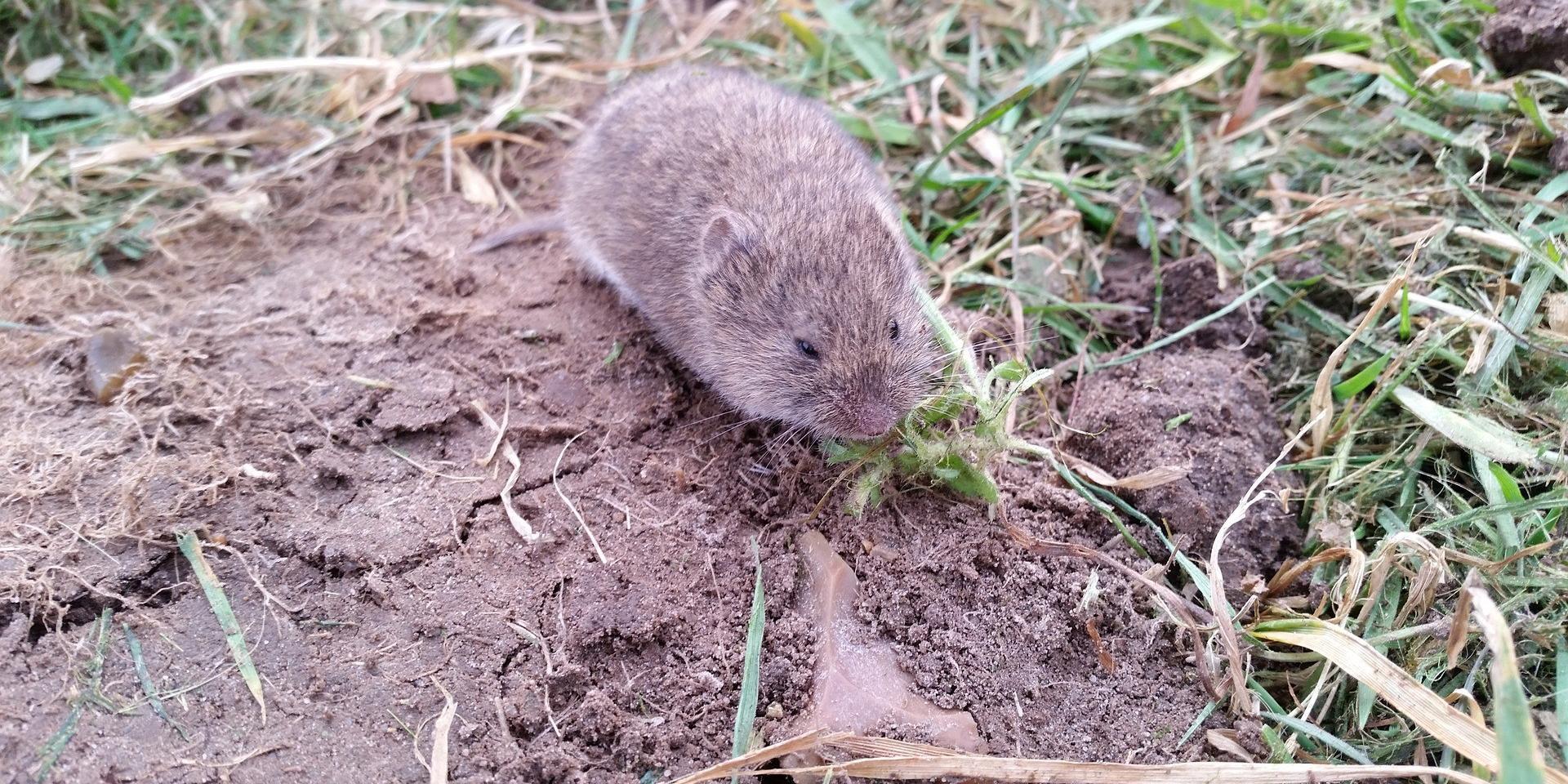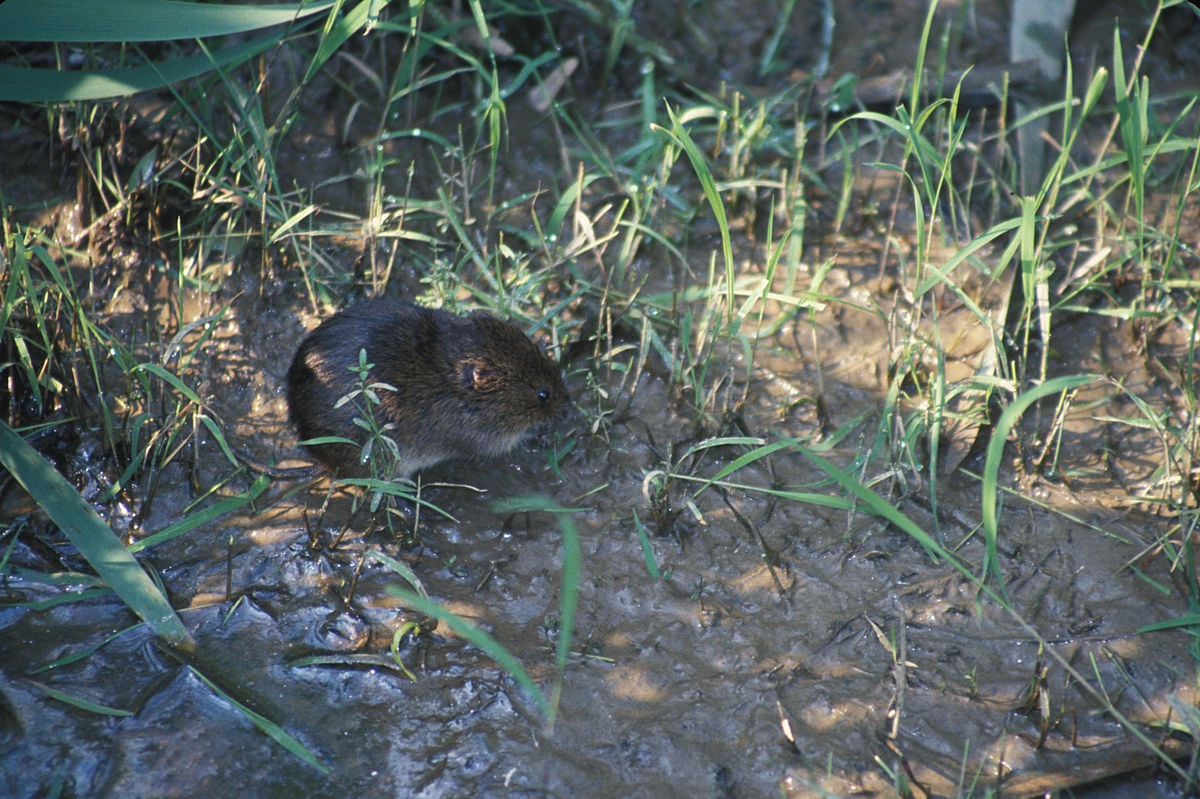Comprehensive Guide to Reliable Vole Bug Control: Infestation Identification and Therapy Techniques
In the realm of efficient pest control, vole infestations pose a distinct challenge that requires a calculated method. These little rats, frequently mistaken for mice, can damage yards, grass, and plants if left uncontrolled. Identifying the indications of vole visibility and implementing targeted therapy methods are crucial elements of an effective bug monitoring strategy. By discovering the subtleties of vole behavior, understanding crucial signs of invasion, and evaluating a series of control options, one can create a detailed technique to fight these evasive insects.
Recognizing Vole Habits
Vole actions is identified by their delving habits and rapid recreation prices, making them a challenging parasite to regulate effectively. These little rodents usually produce elaborate passage systems underground, using them for sanctuary, food storage, and transport. Voles are herbivores, consuming a range of plants, turfs, origins, and bulbs, which can create significant damage to yards, orchards, and grass. Their quick reproductive rate additional complicates control efforts, with females qualified of producing multiple litters in a solitary year, each containing a number of children.
Comprehending vole habits is essential for effective parasite control methods. By determining their burrow places, monitoring feeding areas, and implementing targeted control approaches, such as trapping or environment adjustment, vole problems can be managed efficiently.
Signs of Vole Problem

Prevention Approaches
Applying efficient avoidance strategies is vital in lessening vole problems and guarding plants from their destructive feeding routines (vole yard damage). To prevent vole invasions, it is vital to begin by eliminating prospective food sources and shelter. Keep turf and plant life cut short, eliminate weeds and particles, and keep a tidy garden or lawn to make the location less attractive to voles. Installing barriers such as hardware fabric or underground fencing can likewise aid hinder voles from going into certain locations. In addition, reducing excess moisture by taking care of dripping pipes and making sure appropriate drain can make the environment less congenial for go to website voles.
On a regular basis checking the residential or commercial property for indications of vole activity, such as runways and burrow openings, is critical for very early detection and prompt action. Take into consideration using repellents or traps tactically put near their paths if vole task is believed. Using all-natural killers like owls or snakes can additionally aid keep vole populaces in check. By carrying out a mix of these prevention gardeners, approaches and house owners can successfully shield their greenery from vole damage.
Non-Lethal Control Approaches
To effectively handle vole populaces while focusing on gentle i loved this methods, non-lethal control methods provide functional remedies for lowering vole damage in landscapes and yards. These barriers can be buried at least 12 inches deep and bent at a 90-degree angle to prevent voles from delving beneath.

Lethal Control Options
One reliable technique for addressing vole problems in landscapes and yards entails the strategic use of dangerous control alternatives. When encountered with a severe vole problem that non-lethal methods have stopped working to consist of, applying lethal control actions comes to be vital. Generally, when using deadly control alternatives, it is important to do so responsibly and in accordance with regional guidelines to efficiently handle vole read problems.
Verdict
In final thought, reliable vole insect control calls for an extensive understanding of vole actions, identification of indicators of infestation, implementation of prevention methods, and usage of both dangerous and non-lethal control techniques. By integrating these methods, individuals can properly take care of vole populations and secure their property from damage. It is important to attend to vole invasions immediately to avoid more issues and lessen the influence on the surrounding setting.
Given the complex tunnel systems and fast recreation prices characteristic of voles, identifying the indications of vole problem becomes important in reliable insect control. One of the primary signs of vole existence is the presence of surface paths or tracks in lawn or snow, generally about 1-2 inches broad, created as voles travel between their burrows and food resources.To properly handle vole populations while prioritizing humane approaches, non-lethal control strategies provide sensible services for reducing vole damages in landscapes and yards.One efficient approach for attending to vole problems in gardens and landscapes includes the critical usage of dangerous control choices. vole yard damage.In conclusion, efficient vole parasite control requires a detailed understanding of vole habits, identification of indications of problem, application of avoidance techniques, and application of both non-lethal and dangerous control approaches